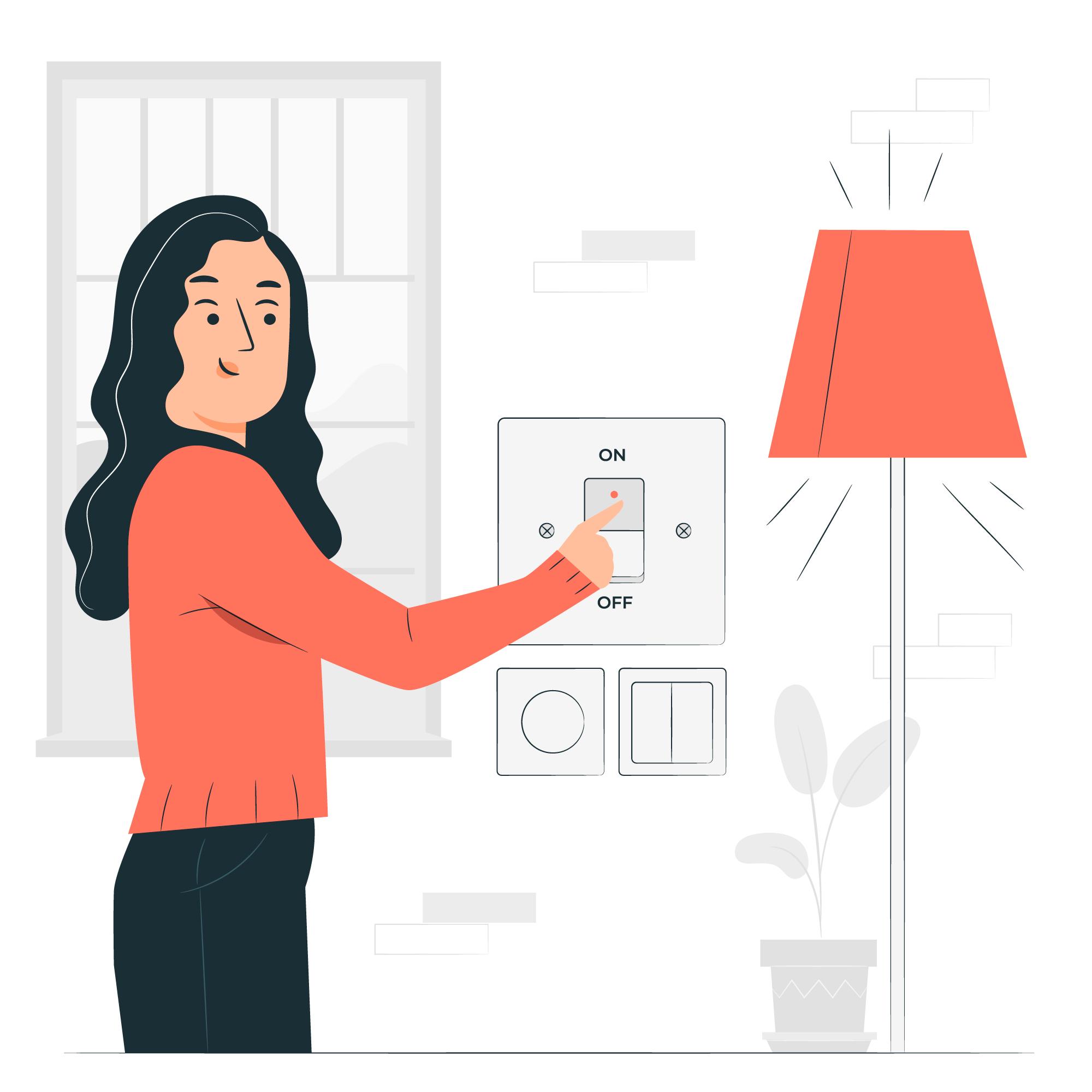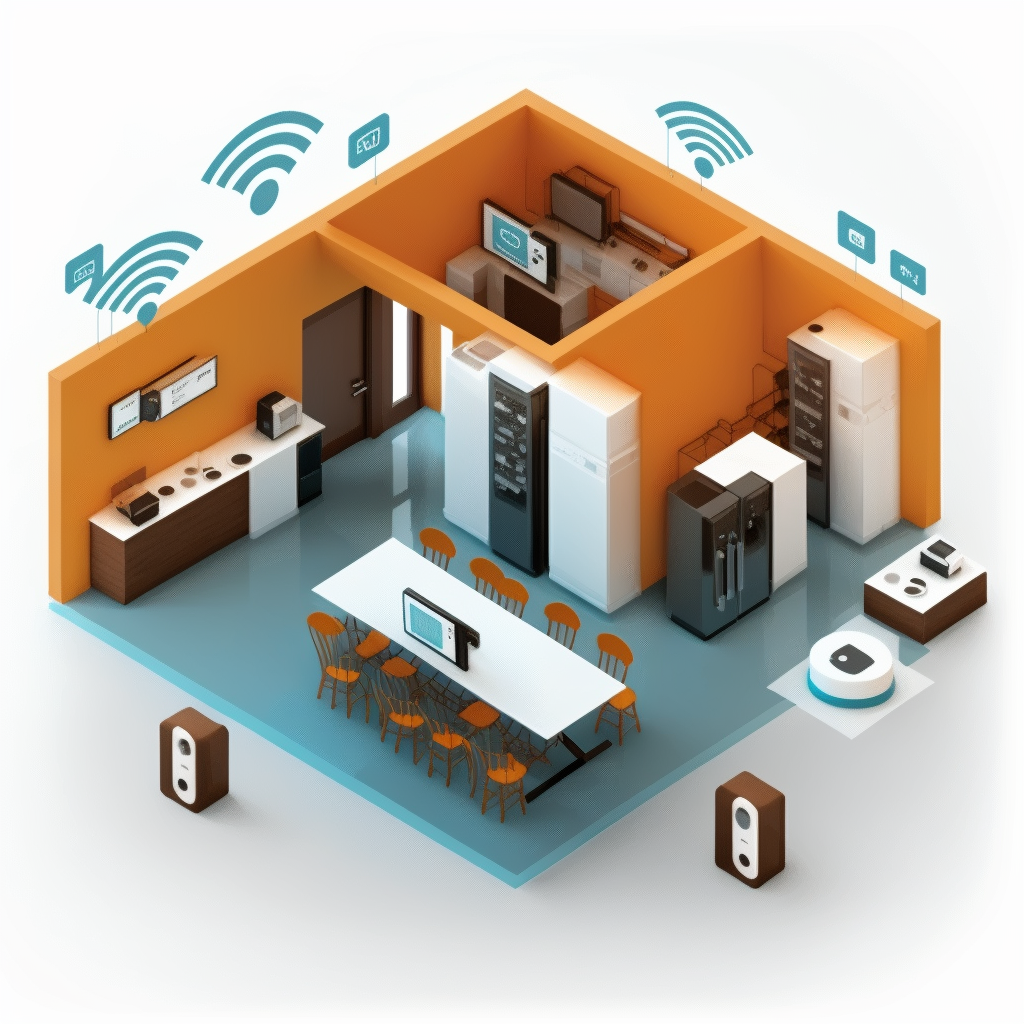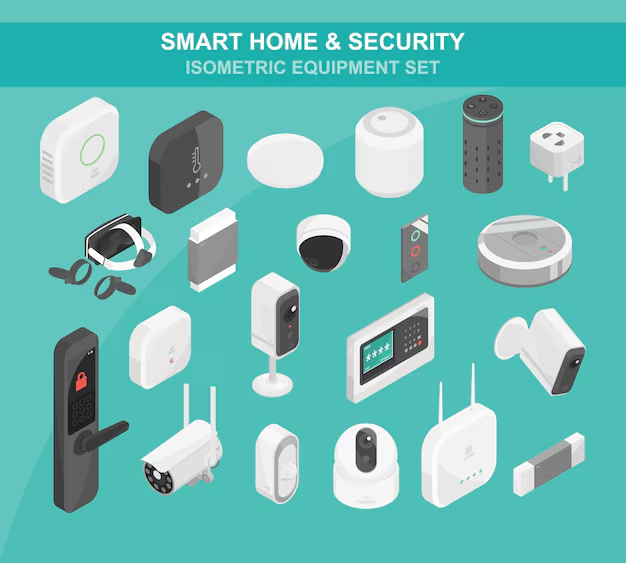
Smart wall switches have become a cornerstone of modern smart homes, offering convenient control over lighting. When choosing a smart wall switch, several factors deserve attention to ensure optimal connectivity, compatibility, and functionality. In this article, we will explore four essential considerations for selecting smart wall switches in smart homes.
Connectivity
Integration with Zigbee, Wi-Fi, and Z-Wave for Smart Home Integration Smart wall switches come with different connectivity options, including Zigbee, Wi-Fi, and Z-Wave. Zigbee-based switches offer seamless integration within a Zigbee network, allowing direct connection with devices like Alexa, Google Assistant, and HomeKit. The advantage of Zigbee is its low power consumption, which enables switches to operate without a neutral wire or bypass capacitor. This provides flexibility for installations where a neutral wire is not readily available.
On the other hand, Wi-Fi-enabled switches provide broader compatibility with various smart home ecosystems. However, Wi-Fi switches generally require a neutral wire or bypass capacitor to ensure proper power supply and functionality. Without these, there may be issues with flickering lights, especially with low loads. It’s crucial to check the specifications of the chosen switch to determine the neutral wire requirements and ensure compatibility with your specific wiring setup.
Z-Wave switches offer reliable wireless communication within a Z-Wave network, which is beneficial for larger smart home setups. They provide a mesh network, enabling devices to communicate with each other and extend the range of the network. Z-Wave switches are compatible with multiple smart home systems and offer robust connectivity options.
Neutral Wire Requirement
Options for Different Wiring Configurations The presence of a neutral wire can impact the installation of smart wall switches. Traditional switches only require a line wire and a load wire for basic functionality. However, smart switches often need a neutral wire to maintain power to their radios and electrical relays. This ensures consistent connectivity and allows for advanced features such as timers and remote control.
Zigbee switches, due to their low power consumption, can often operate without a neutral wire or bypass capacitor. They draw minimal power from the line wire, allowing them to function reliably even without a neutral wire connection. This provides more flexibility for installations where a neutral wire is not available.
On the other hand, Wi-Fi switches typically require a neutral wire or bypass capacitor to ensure sufficient power supply. The neutral wire acts as a return path for the current, completing the electrical circuit. Without it, there may be issues with flickering lights or unstable operation. In such cases, professional electrician services may be required to install a neutral wire or a bypass capacitor to ensure proper functionality.
Ratings
Matching Power, Current, and Voltage Requirements When selecting a smart wall switch, it is essential to consider its power, current, and voltage ratings to ensure compatibility with your electrical setup. Pay attention to the supported voltage range, which can vary based on geographical location and electrical standards (e.g., 110-240V). This ensures that the switch is compatible with the available power supply in your region.
Current ratings are also important as they determine the maximum load that the switch can handle. Consider the wattage of the connected light fixtures and appliances to ensure they fall within the supported current rating of the switch. This prevents overloading and ensures safe operation.
Additionally, verify the design standards of the smart wall switch, such as EU or US standards, to ensure it fits properly within the available electrical connection boxes. Adhering to the appropriate ratings and standards guarantees safe and efficient operation of the smart wall switch.
Common Applications
Choosing the Right Switch Design and Functionality Smart wall switches offer versatility in design and functionality to suit different preferences and home styles. If you have favorite switches that you wish to retain while adding smart capabilities, there are options available to preserve the aesthetic of your existing switches. Mini switches can be discreetly installed inside the existing switch boxes, allowing you to maintain the same appearance while enjoying the benefits of smart control. These mini switches can be hidden behind the cover plates, ensuring a seamless integration into your home.
Alternatively, if you are open to changing switch designs, smart wall switches come in various modern designs, including touch-sensitive switches and standard switches with sleek finishes. These contemporary designs add a touch of sophistication to your home decor while providing advanced functionality.
Consider the level of customization offered by the smart wall switch. Some switches allow you to program scenes, where you can create preset lighting settings for different occasions or moods. Dimming options are also popular, allowing you to adjust the brightness of the lights to suit your preferences.
In terms of common applications, smart wall switches offer numerous possibilities to enhance your smart home experience. For example, you can pair a switch with a motion sensor to have lights automatically activate when someone enters a room. This not only adds convenience but also helps save energy by ensuring lights are only on when needed.
Another application is integrating smart wall switches with other devices, such as video doorbells, to increase home security. You can program the switches to turn lights on and off at different times throughout the day, giving the appearance that someone is home even when you’re away. This can deter potential intruders and provide peace of mind.
Furthermore, smart wall switches can be used in conjunction with voice assistants like Alexa, Google Assistant, or HomeKit. This allows you to control your lights using voice commands, providing a hands-free and effortless experience.
Conclusion
In conclusion, when selecting smart wall switches for your smart home, it is essential to consider factors such as connectivity, neutral wire requirements, ratings, and common applications. Take your time to explore different brands and models available in the market to find the perfect fit for your needs.
One notable brand to consider is Lumive, known for its wide range of smart wall switches and smart wall lights. Lumive offers options that seamlessly integrate with popular connectivity protocols like Zigbee, Wi-Fi, and Z-Wave, allowing you to connect with your preferred smart home ecosystem, including Alexa, Google Assistant, and HomeKit.
Whether you choose Lumive or another brand, make sure to check the compatibility with your existing wiring setup. Some smart switches work without a neutral wire, offering more flexibility during installation, while others may require professional electrician services to ensure proper functionality.
Pay attention to the ratings of the smart wall switches, including power, current, and voltage requirements, to ensure they can handle your specific electrical setup. Also, consider the design and functionality options available, such as scene control and dimming capabilities, to enhance your smart home experience.
Common applications for smart wall switches include integrating them with motion sensors for automated lighting, enhancing home security by pairing them with video doorbells, and enjoying voice control through virtual assistants like Alexa or Google Assistant.
Ultimately, the choice of smart wall switches for your smart home is a personal one. Take into account your preferences, requirements, and the overall aesthetics you desire for your home. With careful consideration, you can select the perfect smart wall switches that provide convenience, energy efficiency, and an enhanced level of control over your home lighting.







